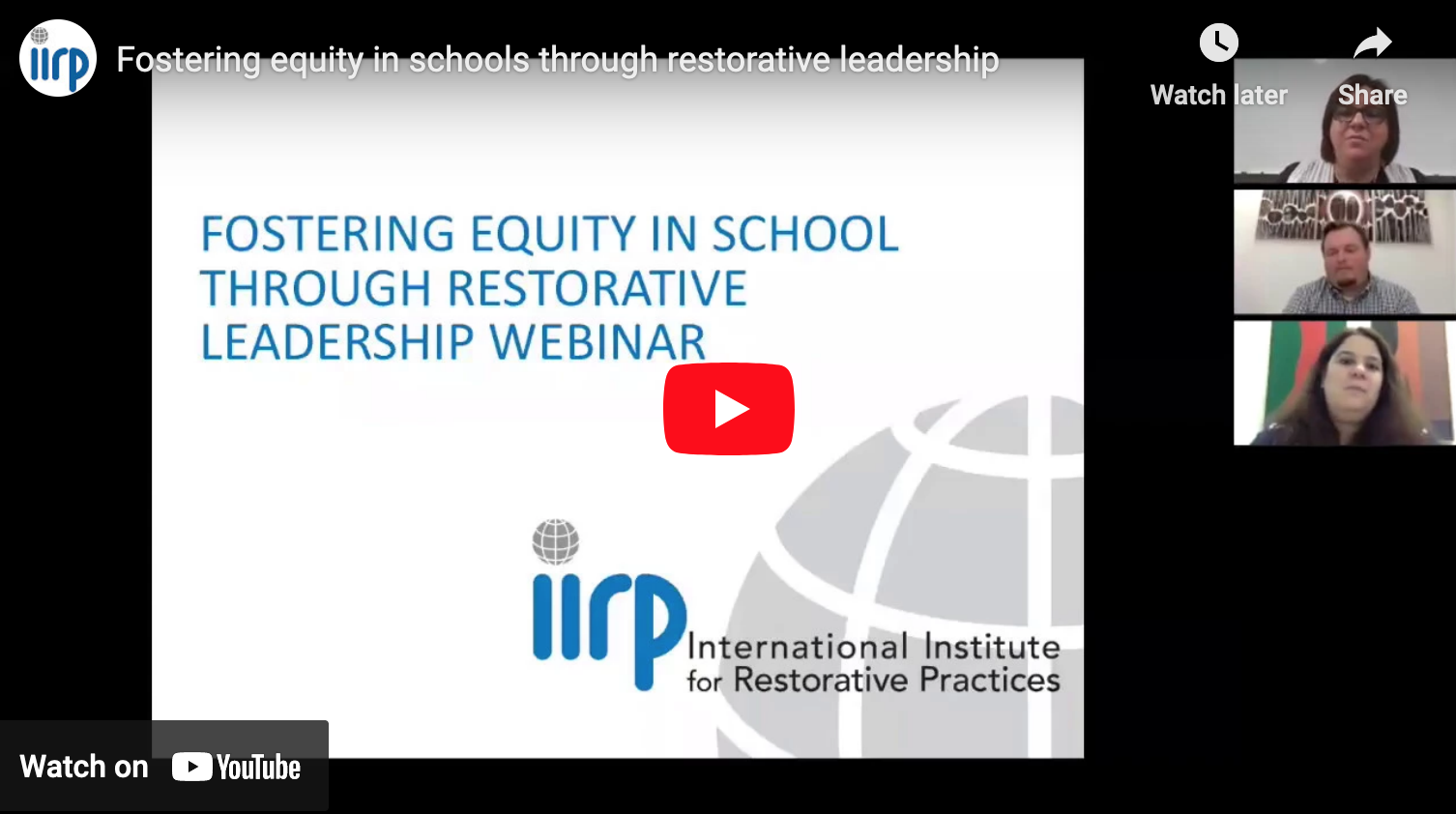News & Announcements
- Details
- Written by Joshua Wachtel
It’s been less than a year since teachers and administrators at Charles W. Henry School (K-8) in Philadelphia, Pennsylvania, began incorporating circles and other restorative practices through the SaferSanerSchools™ program alongside the Second Step Program, which teaches students skills for developing emotional intelligence. 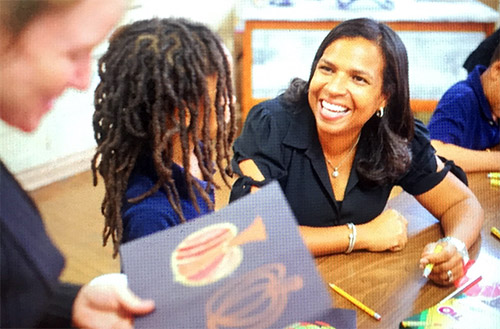 CW Henry Principal Fatima Rogers with studentsBut already the culture of the school has shown marked improvement, with office referrals down and teachers helping students resolve conflicts in new ways.
CW Henry Principal Fatima Rogers with studentsBut already the culture of the school has shown marked improvement, with office referrals down and teachers helping students resolve conflicts in new ways.
Second Step, a social-emotional learning (SEL) program created by the global nonprofit, Committee for Children, provides a curriculum to teach students skills to recognize and manage emotions and improve relationships. The International Institute for Restorative Practices (IIRP) SaferSanerSchools™ program provides professional development and ongoing coaching to help school communities cultivate healthy relationships, improve culture and climate, and resolve problems collaboratively and constructively.
Many schools across the country are implementing both SEL and restorative practices, and they are asking for support to align and integrate their efforts for ease of use and efficiency of implementation. In this project, all partners are learning what it takes to integrate restorative practices and the Second Step Program to make it easy for adults to implement them together with fidelity. The long term goal is to create implementation resources that can be used in schools across the country.
“When adults provide a restorative environment coupled with SEL skill instruction to help students successfully participate in that framework, everyone in the learning environment has a better experience,” comments Juliet Kandel, Implementation and Partnerships Manager of the Committee for Children.
CW Henry Principal Fatima Rogers has been instrumental to fostering the changes in the school. Presenting at recent conferences about the collaborative effort, Rogers shared that she is now thinking differently about her leadership style. For instance, she has opened herself to hearing staff concerns, especially the needs they have expressed regarding having enough time to implement these two new programs well. Consequently, she has helped arrange teachers' schedules so they get the support they need to learn skills and plan their lessons.
“The most powerful practice that we’re getting good at is circles,” observes Rogers. Some teachers are holding circles every day after recess. “We’re getting so much information in the circles: who had problems, who had a great time, who had no one to play with,” she explains. “We’re solving conflicts that no one knew about.”
IIRP Instructor Shermont Fox has worked extensively throughout the duration of the project with Committee for Children’s Juliet Kandel and the Henry leadership team. He is also observing teachers, providing feedback and coaching them on how to run circles. Fox finds great synergy between Second Step's instructional concepts and restorative processes.
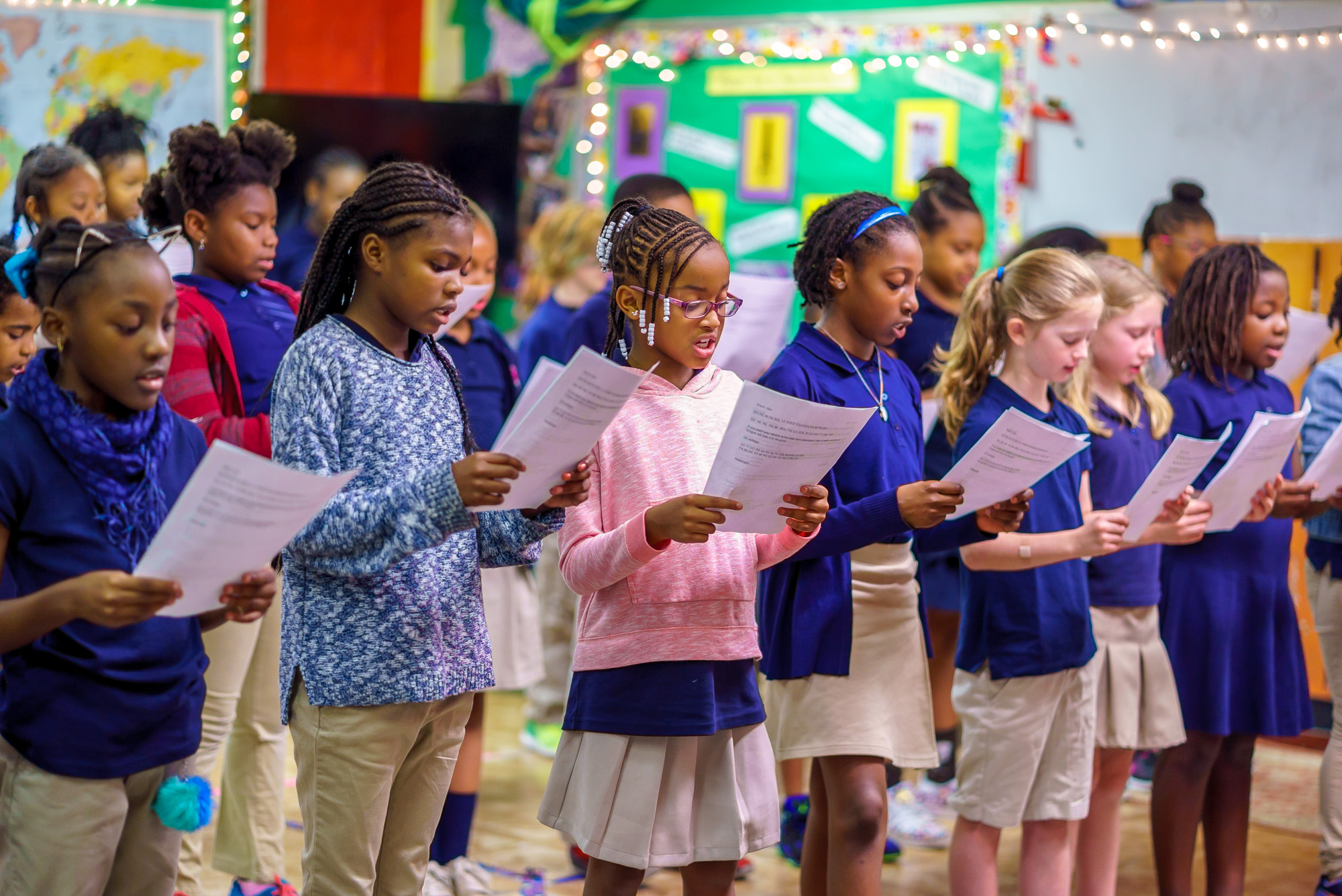 For instance, Second Step provides lessons on what it means to be a friend and how to be empathetic. One day a first grader said in a circle after recess that she didn’t have anyone to play with. The teacher said she was sorry to hear it and asked the class what they could do about it. One student said, “I’ll play with you tomorrow.” Kids are going beyond learning about friendship and empathy – they are putting that knowledge into practice!
For instance, Second Step provides lessons on what it means to be a friend and how to be empathetic. One day a first grader said in a circle after recess that she didn’t have anyone to play with. The teacher said she was sorry to hear it and asked the class what they could do about it. One student said, “I’ll play with you tomorrow.” Kids are going beyond learning about friendship and empathy – they are putting that knowledge into practice!
“This is so groundbreaking," comments Fox. “We’re aligning restorative practices with Second Step, one of the top-tier SEL programs in the country.” Adds Rogers, “Kids themselves are becoming the problem solvers.”
The collaboration is having an impact on relationships between staff and students. Henry’s School-Based Teacher Leader Farrell Greenhall has taken a lead role in overseeing the implementation of Second Step and restorative practices. She visits a lot of classes. One day a student mouthed off to her for no reason. Rather than respond punitively, she waited until she had time and pulled the student aside. She asked an open question, “Did I do something to offend you?”
It turned out the student was upset about the no-cell phone policy. Greenhall allowed the student to explain why she didn’t like it. “I don’t feel safe without a cell phone,” she argued. “What if there’s a fire?”
Greenhall explained what the procedures would be if something like that happened. The student accepted the explanation and the two have had a good relationship since.
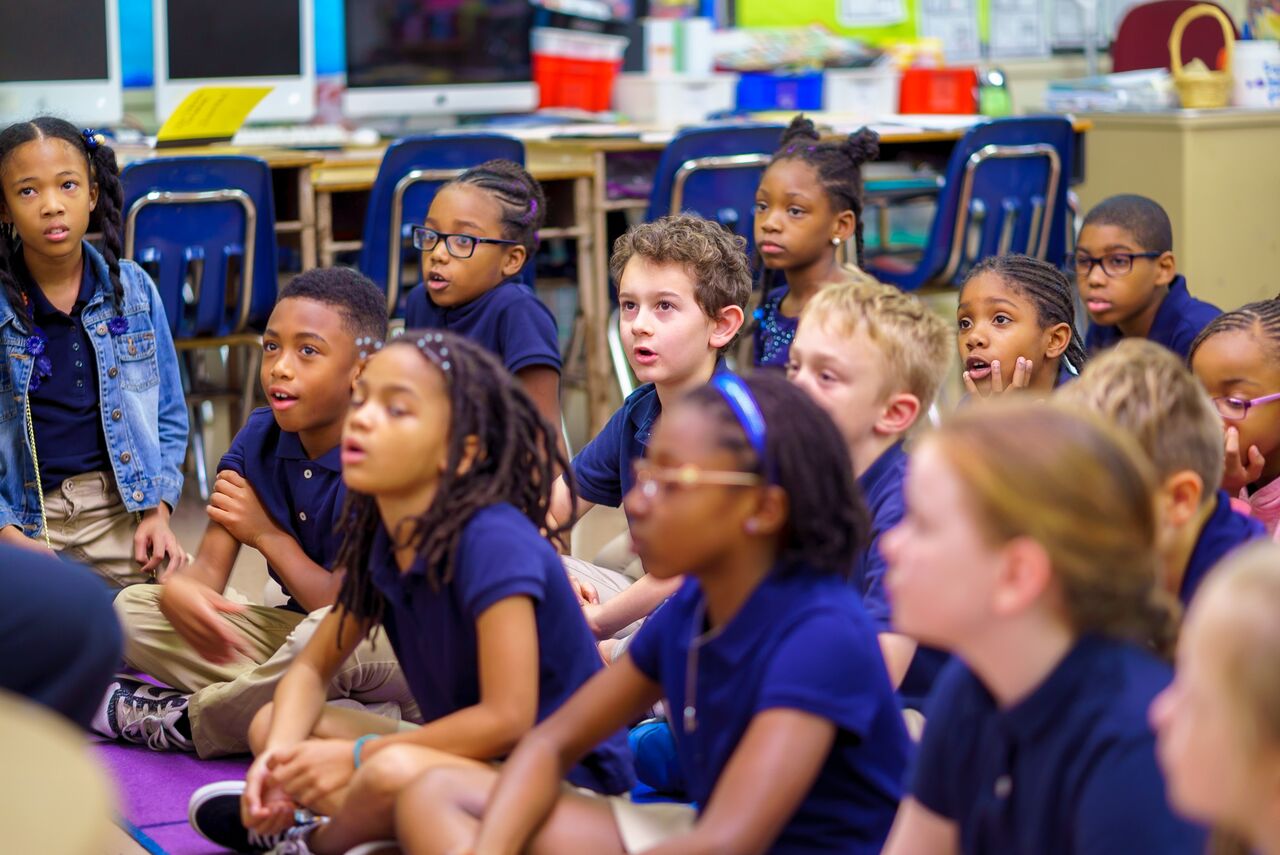 “What we’re seeing at CW Henry is teachers and administrators being given the knowledge, the techniques, the process and the space to practice," adds IIRP Director of Continuing Education Keith Hickman. "Consequently, they are becoming more restorative educators and leaders.”
“What we’re seeing at CW Henry is teachers and administrators being given the knowledge, the techniques, the process and the space to practice," adds IIRP Director of Continuing Education Keith Hickman. "Consequently, they are becoming more restorative educators and leaders.”
Second Step’s Juliet Kandel appreciates how restorative practices is enhancing social-emotional learning in the school. “I’ve learned that there is great power in looking at each human interaction and policy in a school and asking, ‘Is it restorative?’” she affirms.
“I am so excited about this collaboration," adds Fox. "We are helping students deal with their social emotional needs, their feelings and each other.”
Kandel concurs: “We get to do authentic work, supporting staff and students at Henry, knowing that, eventually, our work will have a positive impact on thousands of school communities.”
Watch a video about this project as presented recently at the 2018 National Title I Conference in Philadelphia.
- Details
- Written by John W. Bailie, Ph.D.

The IIRP's second president, John W. Bailie, Ph.D., continues to explore the issue of conflict in the workplace on his personal blog Leading Conflict. With this piece, he launches a new series of articles to "explore some of the most common behavior profiles that persistently generate toxic conflict and provide tips on how to respond to each."
In the article Creative vs. Toxic Conflict at Work, I discussed one of the key features that distinguishes toxic conflict from creative conflict.
Creative conflict is rooted in the dynamics between people. In creative conflict, the motives and goals of group members are typically healthy and focused on a sincere desire to solve concrete external problems and challenges.
Toxic conflict is typically rooted in the personalities of individual people. While creative conflict is rooted in an external problem, toxic conflict is rooted in the problematic behavior of one or more individuals.
Toxic conflict is hard on a team. Thankfully, most of the behavior that generates toxic conflict is common and predictable.
This means that you can plan ahead for behaviors that are certain to recur. Think of these “Toxic Workplace Behavior Profile” articles as your top-secret files on how to prepare and respond strategically to the most disruptive and toxic behaviors in your workplace.
- Details
- Written by Kristin Oakley
In this interactive webinar, IIRP Graduate Student Keisha Allen of Detroit, Michigan, spoke with Provost Craig Adamson, Ph.D., about how she is using the knowledge gained in her courses to directly impact the children and families she works with in her city.
- Details
- Written by IIRP Staff
 Our friends at New York City's Restorative Justice Initiative, founded by attorney and restorative practitioner Mika Dashman, have produced a series of inspiring videos to explore various aspects of restorative practices. This 10-minute film gives voice to 16 New York City-based restorative justice practitioners and advocates who were asked a series of questions about what restorative justice is and why it's important. It also depicts restorative justice practices being implemented in New York City and includes voices of youth involved these practices.
Our friends at New York City's Restorative Justice Initiative, founded by attorney and restorative practitioner Mika Dashman, have produced a series of inspiring videos to explore various aspects of restorative practices. This 10-minute film gives voice to 16 New York City-based restorative justice practitioners and advocates who were asked a series of questions about what restorative justice is and why it's important. It also depicts restorative justice practices being implemented in New York City and includes voices of youth involved these practices.- Details
- Written by Joshua Wachtel
The IIRP Canada Conference, Leading and Sustaining Change, in Toronto April 30 - May 2, will include a featured panel that brings together a range of Aboriginal voices from across the country. "Indigenous Communities Engaging in Restorative Action to Promote Reconciliation" is being organized and facilitated by IIRP Canada Regional Representative Gayle Desmeules, who is of Métis descent, a native group that traces their heritage to both Indigenous North Americans and early European settlers.
Desmeules, who formally joined IIRP Canada last year but has been an IIRP licensed trainer since 2008, has a long and varied career that reflects many of the changes happening in Indigenous communities in Canada. As a child of someone who survived the residential schools — a system that separated Aboriginal children forcibly from their parents and assimilated them into the white community — she has firsthand knowledge of the impact that system had on her community and the legacy of trauma it created. She has dedicated her life to seeking solutions to better the conditions of Indigenous people in Canada.
- Details
- Written by Kristin Oakley
Restorative practices makes the biggest impact on students when school leaders understand how to engage with teachers and staff to effect real and sustaining change. Join Dr. Joyce Mundy, Stetson University, along with IIRP Instructors Koury Cook and Elizabeth Smull, as they share their experiences transforming school culture in large, diverse school districts.
- Details
- Written by John W. Bailie, Ph.D.
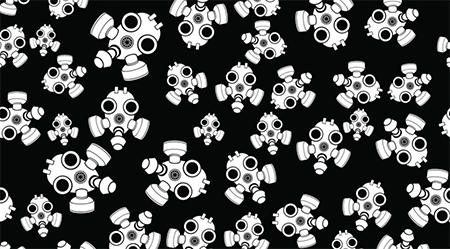
In my previous article, Conflict: Love It and Lead It, I said:
The highest performing groups learn that they need group members who are willing to lead conflict – not just manage it or resolve it. Within the roots of conflict lie the life blood of creativity, possibility, self-knowledge and group evolution.
Many years of experience as a leadership coach and organizational change consultant have proven this fact to me again and again. The presence of conflict within a work team, along with leaders who are skilled at managing it, is a sign of group health and an indication of that team’s potential to perform beyond normal expectations. The mediocre team seeks calm, avoids conflict and keeps the peace. The high performing team pushes boundaries, exposes contradictions and raises difficult interpersonal questions that often cause temporary friction among team members.
Instead of settling for the immediate gratification of conflict avoidance, high-performing teams sacrifice short-term peace for long-term health and performance.
- Details
- Written by John W. Bailie, Ph.D.

Working with troubled youth and coaching leaders is pretty similar.
I’ve done both, and I find it much easier to work with a drug-addicted or gang-involved teenager than with a CEO. Teenagers tend to be pretty blunt and upfront with their opinions, emotions and motivations. Even with the “toughest” kids, once you learn how to get through the thick outer shell, you usually find a whole lot of raw emotion and realness. On the other hand, adults (especially professionals and leaders) typically have much more complicated methods to hide, mask or otherwise obscure what’s really going on inside. It’s checkers vs. chess. Sometimes it’s checkers vs. 3-D underwater chess.
- Details
- Written by IIRP Staff
Teachers and administrators at Pinellas County Public Schools in Florida share what they appreciate about restorative practices talking circles.
- Details
- Written by Laura Mirsky
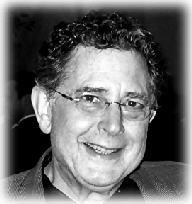 The IIRP would like to pay tribute to Donald L. Nathanson, M.D., who passed away December 27, 2017. Dr. Nathanson's work on Affect Theory, and shame, in particular, was an important influence on the development of restorative practices.
The IIRP would like to pay tribute to Donald L. Nathanson, M.D., who passed away December 27, 2017. Dr. Nathanson's work on Affect Theory, and shame, in particular, was an important influence on the development of restorative practices.
The former Director of the Silvan S. Tomkins Institute and author of the book, Shame and Pride: Affect, Sex, and the Birth of the Self, Dr. Nathanson developed the Compass of Shame to illustrate the various ways that human beings react when they feel shame. He maintained that it is through the mutual exchange of expressed affect that we build community, creating the emotional bonds that tie us all together. He also stated that restorative practices such as conferences and circles provide a safe environment for people to express and exchange emotion. Dr. Nathanson presented some of these ideas in From Empathy to Community, at the IIRP World Conference: "Conferencing: A New Response to Wrongdoing," August 6-8, 1998, in Minneapolis, Minnesota, USA.

Restorative Works Year in Review 2023 (PDF)
All our donors are acknowledged annually in Restorative Works.


